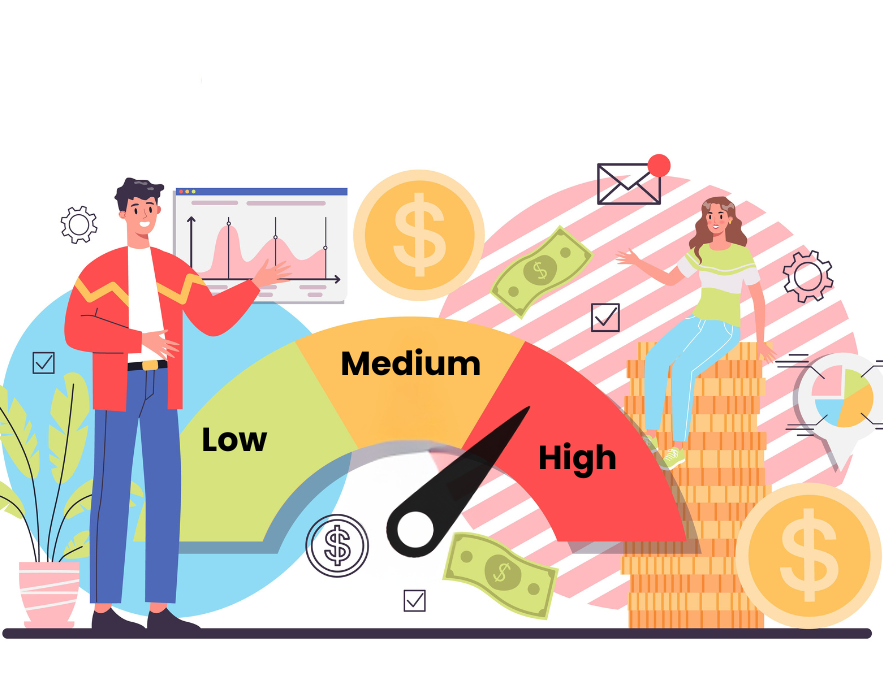March 03, 2025

Why does it feel like your logistics budget has a secret escape plan? One minute, you’re calculating profits, and the next, hidden costs are sneaking out the back door—fuel wastage, inefficient routes, vehicle downtimes, and surprise penalties.
Add to that the chaos of manual planning, unpredictable demand, and ever-changing compliance rules, and suddenly, your margins are thinner than a truck’s last mile. The actual question is—where’s the money leaking, and how do you plug the hole before draining your profits altogether?
Increasing fuel prices, ineffective routes, and idle fleets—transportation expenses can get out of hand if not controlled properly. That’s where technology comes in, and more precisely, an Integrated Transportation Management System (TMS).
Whereas traditional processes and clunky coordination were once the only way to work, a TMS puts everything in one place—route planning, vehicle assignment, real-time tracking, and automated invoicing. Powered by AI insights and predictive analytics, companies can maximize fleet usage, eliminate empty miles, and avoid expensive delays. With seamless integration into ERP systems, a transportation management solution means every move is backed up with data, which ultimately saves costs and increases profitability.
1. Increasing fuel and operational expenses:
Fuel prices vary randomly, and every additional mile burns. Without optimization, excessive fuel usage and maintenance expenses can hugely erode profit margins.
2. Manual logistics management inefficiencies:
Dependence on spreadsheets and phone calls to manage logistics creates miscommunication, delays, and wasted resources. These inefficiencies translate into additional costs and opportunities for optimization missed.
3. Compliance and regulatory barriers affecting costs:
Stringent transportation laws, security guidelines, and tax regulations are also added cost considerations. Ignorance can incur significant penalties, delays, and disruptions in business that directly hit profitability.
An integrated transportation management solution does more than automate logistics—it actually works to enhance profit margins. By reducing fuel expenses, removing inefficiencies, and increasing visibility, companies can better manage their transportation costs. No matter if it’s route optimization, compliance management, or streamlining invoices, an Integrated TMS keeps all logistics functions at maximum performance. In a tight-margin business where every dollar matters, investing in the proper tech isn’t a choice—it’s a prerequisite for long-term profitability.
Why does it feel like your logistics budget has a secret escape plan? One minute,…
Read MoreIn India, edible oil is one of the most essential staple products, manufactured largely by…
Read MoreThe digitization process has been rapidly accelerating, particularly in recent years with the mass introduction…
Read MoreIn the heart of the UAE where global trade routes converge, a revolution is underway.…
Read MoreThe world is going green, and transportation needs to catch up. In Dubai, where the…
Read MoreIn today’s fast-paced logistics world, fleet management is evolving beyond basic GPS tracking. With the…
Read MoreTechnology is transforming logistics in a profound way, making it one of the largest users…
Read MoreThe logistics landscape is evolving rapidly, with technology transforming every facet of the supply chain.…
Read MoreIn today’s fast-paced business environment, the ability to deliver goods efficiently and accurately is paramount.…
Read MoreLogistics is a department often seen as disorganized and neglected when it comes to digitization,…
Read MoreEvery logistics service provider is deeply involved in numerous operational activities and the handling of…
Read MoreIn today's fast-paced world, where consumer needs are constantly evolving, transport owners are working tirelessly…
Read MoreThe Open Network for Digital Commerce (ONDC) is a groundbreaking initiative by the Government of…
Read MoreWhat is ULIP? The Unified Logistics Interface Platform (ULIP) is a major initiative under PM…
Read MoreShipment visibility, a term that’s becoming increasingly significant in logistics, refers to the ability to…
Read MoreTransport Management Solutions can be challenging for any enterprise involved in manufacturing or distributing goods…
Read MoreTransportation has been integral to human civilization for centuries. Goods have been transported on donkeys,…
Read MoreTransport management solutions are essential for running a smooth and efficient business that relies on…
Read MoreFleet management solution are really important for any business that uses vehicles. They help you…
Read MoreThe realm of logistics poses multifaceted challenges, each requiring a nuanced solution. These challenges span…
Read More